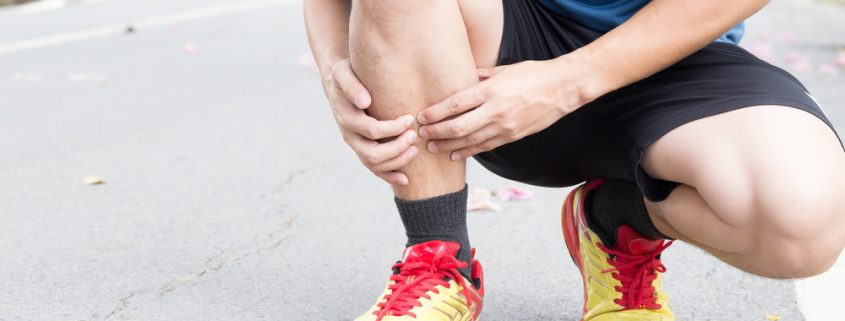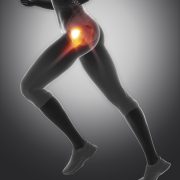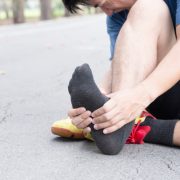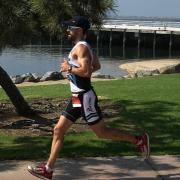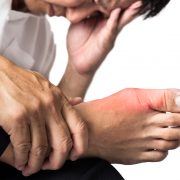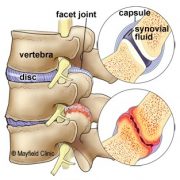Shin Splints and Running
Shin splints can be a frustrating condition to deal with. There are two types: anterior and posterior shin splints. Anterior shin splints are more common in beginner runners and doing “too much too soon” when starting a running training plan. Posterior shin splints are more common in over trained runners; too much load over time, and/or too much intensity without proper recovery. Running form and technique can play a HUGE roll in recurring shin pain. We will mainly focus on discussing posterior shin splints as this is the most common condition we treat at our San Diego running injury clinic.
Do You have Shin Splints?
Shin splints are characterized by pain along the inner shin bone. In minor cases it may only hurt before and after runs. In more chronic or severe cases, it may hurt before, get worse during, and then be quite debilitating afterward. It is important to get evaluated by a sports chiropractor to rule out more serious conditions such as: chronic exertional compartment syndrome, stress fracture, and calf tear.
Why does the shin hurt with shin splints
The lower leg muscles attach to the tibia (shin bone) and run down to the heel and bottom of the foot. They act as shock absorbers during walking, running, jumping, etc. When these muscles contract, they pull on their bony attachments. If the muscles are not strong enough to absorb the shock well, the pulling at the attachments sites increase. Add in inadequate recovery after workouts, the tissues will not regenerate and will begin to fail. This will lead to soreness, pain, and inflammation along the inner shin where the muscles attach.
What causes shin splints?
Many times we see shin splints due to a recent change in training; change in volume, intensity, terrain, shoes, etc. For example, going from running 30 miles a week to then running 50 miles the next week. The interesting part is that many runners will not recognize this and state, “My training is great! I’ve had no issues until I ran 6 miles yesterday and had pain during and after the run.” It was not the 6 mile run that led to the shin splints, it was the 20 mile jump in volume the week before!
Many runners are susceptible to developing shin splints due to past injury to the lower leg muscles, poor running form, weak core muscles, weak lower leg muscles. When screening an athlete with shin splints, our running doctor will look at all of these potential causes of shin splints.
But you said most cases are due to training error?
Correct, but if you have deficiencies mentioned above, your body will not be able to handle the forces involved in running as well, and failure will occur at a certain point. We see this a lot when patients have recurring shin pain season after season, or they develop pain only if they do speed work, or only if they run more than 25 miles per week. Their bodies are simply not strong enough to support the increased demands they ask of it. Or their running style puts more strain on the lower leg muscles; see our post on cross-over gait.
Treatment
Short term relief of shin splints involves: potential rest, Active Release Technique, Graston Technique, and home exercises. We see excellent results when we treat shin splints with Active Release technique to break down tight sore muscles that are irritating the bone. A rehab schedule will be advised so patients know when and how far to run. We typically see significant reduction in symptoms within 4-8 visits.

Long term relief involves: correcting running form, correcting muscle imbalances in the lower leg, strengthening the core, and following a well periodized training plan every season.
We have worked with countless runners dealing with shin pain at our sports injury clinic in Mission Valley. It is important to have a running doctor correctly diagnosis your injury so a custom treatment plan can get you out of pain fast!
Dr. Travis Rose, DC CCSP and Dr. Kevin Rose, DC CCSP are Sports Chiropractors who practice in Mission Valley, San Diego.

